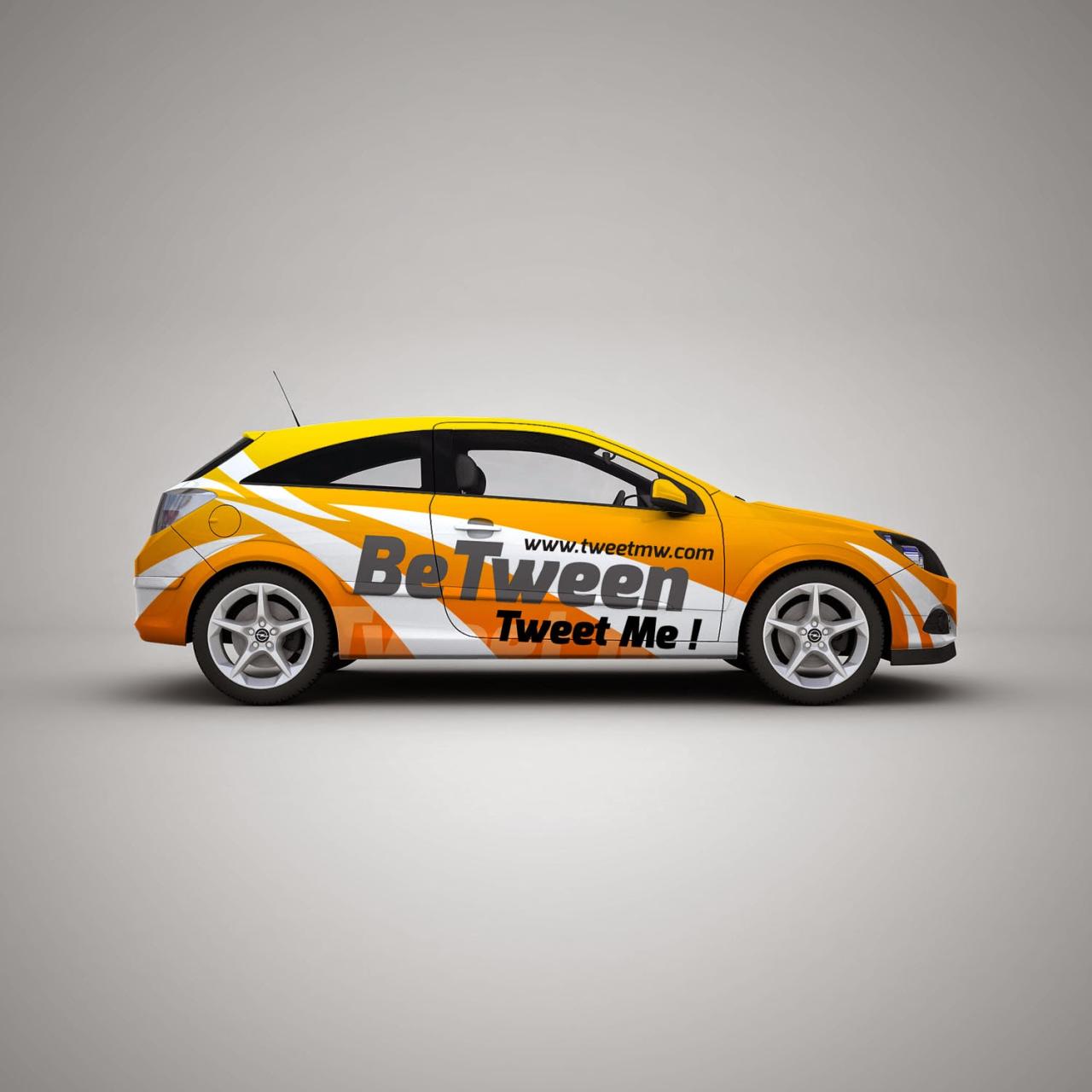
Car Mockups: The Ultimate Guide to Creating Realistic Visualizations
Introduction
In the competitive automotive industry, showcasing cars in their best light is crucial for capturing the attention of potential buyers. Car mockups play a pivotal role in this process, providing a cost-effective and efficient way to create realistic visualizations that highlight the vehicle’s design, features, and aesthetic appeal. This comprehensive guide delves into the world of car mockups, exploring their types, creation techniques, software options, and best practices to help you create stunning visuals that drive sales.
Types of Car Mockups
Car mockups come in various types, each serving a specific purpose and offering unique benefits:
-
3D Car Mockups: These mockups are created using 3D modeling software to generate highly realistic renderings of cars. They provide unparalleled detail and allow for precise manipulation of the vehicle’s position, lighting, and environment.
-
2D Car Mockups: These mockups are created using 2D design software and offer a simplified representation of cars. They are generally easier to create and can be used for quick visualizations or presentations.
-
Photorealistic Car Mockups: These mockups combine high-resolution photographs with digital enhancements to create highly realistic images of cars. They provide a level of detail that is often indistinguishable from actual photography.
-
Vector Car Mockups: These mockups are created using vector graphics software, allowing for scalability without loss of quality. They are ideal for creating car illustrations, infographics, and branding materials.
Creating Car Mockups: Step-by-Step Guide
Creating car mockups involves a combination of technical skills and artistic creativity. Follow these steps to create stunning car visualizations:
-
Choose a Software: Select a suitable software program based on your skill level and project requirements. Popular options include Adobe Photoshop, Blender, and SketchUp.
-
Acquire Source Material: Gather high-resolution images or 3D models of the car you want to showcase. Ensure the source material is of good quality to achieve the best results.
-
Create a Base Template: Create a new document in your chosen software and set the canvas size and resolution to suit your needs. Import the car image or 3D model onto the canvas.
-
Add Lighting and Environment: Use lighting techniques to create a realistic environment for the car. Adjust the angle and intensity of light sources to highlight the vehicle’s features. Add a background image or create a 3D scene to provide context.
-
Manipulate and Enhance: Position and rotate the car to the desired angle. Use image editing tools to enhance the appearance of the car by adjusting colors, shadows, and highlights. Add realistic details such as wheels, tires, and windows.
-
Export the Final Image: Once you are satisfied with the mockup, export it as a high-resolution image in a format suitable for your intended use.
Software Options for Car Mockups
A range of software options is available for creating car mockups, catering to different skill levels and project requirements:
-
Adobe Photoshop: A popular choice for image editing and manipulation. Photoshop offers a comprehensive suite of tools for creating realistic car mockups, including advanced lighting and shadow effects.
-
Blender: A free and open-source 3D modeling and rendering software. Blender allows you to create highly detailed 3D car models and generate photorealistic renderings.
-
SketchUp: A user-friendly 3D modeling software designed for architects and designers. SketchUp is relatively easy to learn and can be used to create stylized car mockups.
-
Autodesk Alias: Professional 3D modeling and automotive design software. Alias is used by car manufacturers and designers to create highly accurate and detailed car models.
Best Practices for Car Mockups
Follow these best practices to create effective and visually appealing car mockups:
-
Use High-Quality Source Material: The quality of the source material directly impacts the realism of your mockups. Use high-resolution images or 3D models to ensure sharp and detailed results.
-
Pay Attention to Lighting: Lighting is crucial for creating realistic and visually appealing car mockups. Use multiple light sources, adjust their angles, and experiment with different lighting setups to highlight the vehicle’s features.
-
Add Realistic Details: Include details such as wheels, tires, windows, and interior elements to make your mockups more realistic. Pay attention to the scale and proportions of these elements.
-
Use Proper Textures: Apply realistic textures to the car’s surfaces to enhance depth and realism. Use high-resolution texture maps or create your own textures using photo editing software.
-
Export in High Quality: Export your mockups in high resolution to ensure they retain their sharpness and detail when used in presentations or marketing materials.
FAQ
1. What is the purpose of car mockups?
Car mockups are used to create realistic visualizations of cars, showcasing their design, features, and aesthetic appeal. They are commonly used in marketing, advertising, and product development.
2. What are the benefits of using car mockups?
Car mockups offer several benefits, including cost-effectiveness, efficiency, and versatility. They allow you to showcase cars in different environments, manipulate their appearance, and create marketing materials quickly and easily.
3. What software is best for creating car mockups?
The best software for creating car mockups depends on your skill level and project requirements. Popular options include Adobe Photoshop, Blender, and SketchUp.
4. How can I create a photorealistic car mockup?
To create a photorealistic car mockup, use high-resolution source material, pay attention to lighting, add realistic details, apply proper textures, and export in high quality.
5. What are some tips for effective car mockups?
Follow these tips for effective car mockups: use high-quality source material, pay attention to lighting, add realistic details, use proper textures, and export in high quality.





